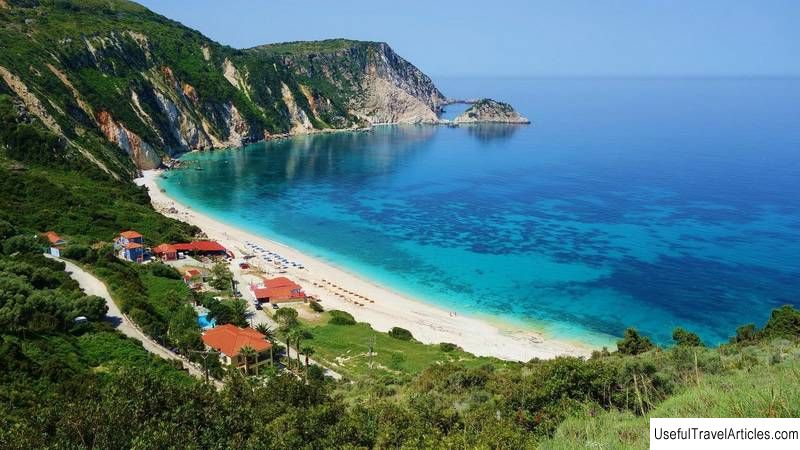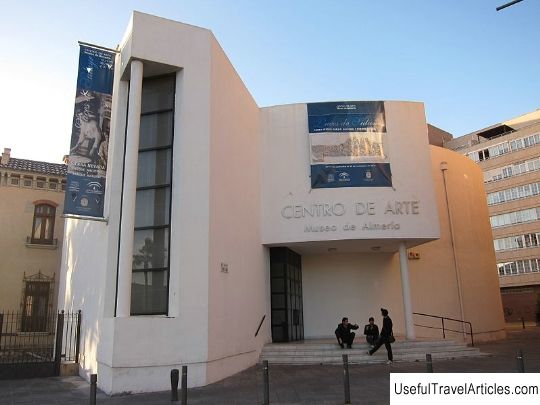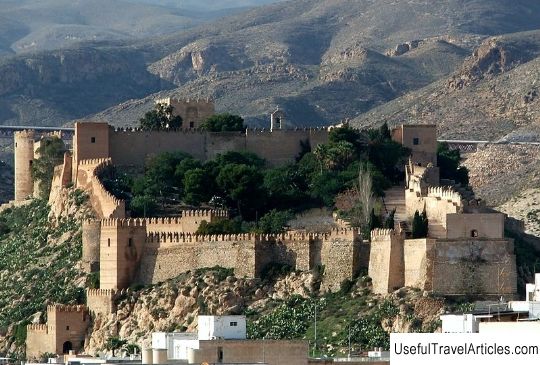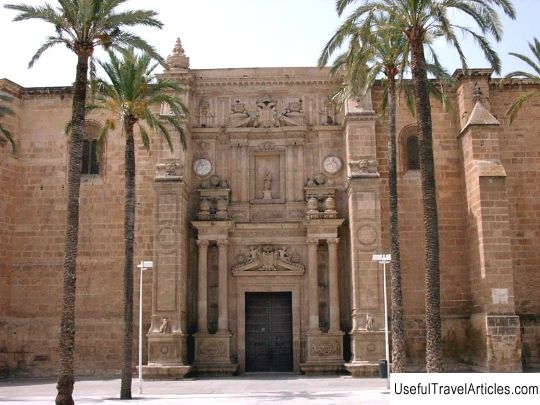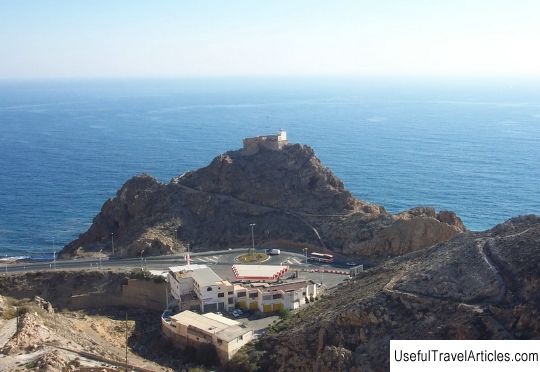Los Millares mound description and photos - Spain: Almeria
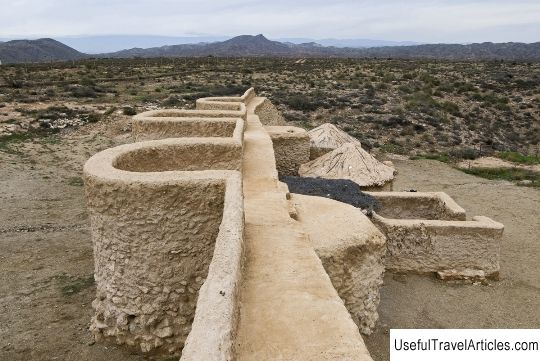
Los Millares site description and photos - Spain: Almeria. Detailed information about the attraction. Description, photographs and a map showing the nearest significant objects. The title in English is Los Millares. Photo and descriptionLos Millares is an ancient settlement located 17 km north of the borders of modern Almeria. The city, whose area was almost 2 hectares, existed in this place from the end of the 4th century to the end of the 2nd century BC. Los Millares is located on a high plateau surrounded by the Andaras River. The population of the city during its heyday reached one thousand people. Los Millares is not only the name of the ancient city, it was also the name of the most ancient culture that replaced the Almerian (Ibero-Saharan) culture. For the first time, the remains of the ancient city were accidentally discovered in 1891 during the construction of the railway. After some time, excavations began under the leadership of the archaeologist Luis Siret. Archaeological work and research are carried out here to this day. Los Millares is a settlement surrounded by defensive walls and an ancient cemetery. As part of the research, radiocarbon analysis was carried out, thanks to which it turned out that one of the walls was rebuilt around 3025 BC. Thanks to the excavations, scientists have established that agriculture, the production of ceramics were developed in Los Millares, the inhabitants of the city also owned the techniques of metal processing, copper smelting. Here were found ceramics with various patterns, weapons, tools made of stone and copper, jewelry, vessels, fragments of fabrics and other items. Los Millares reveals most aspects of the life of a man of the Copper Age, he also explains a lot in the process of changing historical periods, the transition of the Neolithic to the Bronze Age. surrounded by protective walls and an ancient cemetery. As part of the research, radiocarbon analysis was carried out, thanks to which it turned out that one of the walls was rebuilt around 3025 BC.Thanks to the excavations, scientists have established that agriculture, the production of ceramics were developed in Los Millares, the inhabitants of the city also owned the techniques of metal processing, copper smelting. Here were found ceramics with various patterns, weapons, tools made of stone and copper, jewelry, vessels, fragments of fabrics and other items. Los Millares reveals most aspects of the life of a man of the Copper Age, he also explains a lot in the process of changing historical periods, the transition of the Neolithic to the Bronze Age. surrounded by protective walls and an ancient cemetery. As part of the research, radiocarbon analysis was carried out, thanks to which it turned out that one of the walls was rebuilt around 3025 BC.Thanks to the excavations, scientists have established that agriculture, the production of ceramics were developed in Los Millares, the inhabitants of the city also owned the techniques of metal processing, copper smelting. Here were found articles made of ceramics with various patterns, weapons, tools made of stone and copper, jewelry, vessels, fragments of fabrics and other items. Los Millares reveals most aspects of the life of a man of the Copper Age, he also explains a lot in the process of changing historical periods, the transition of the Neolithic to the Bronze Age. As part of the research, radiocarbon analysis was carried out, thanks to which it turned out that one of the walls was rebuilt around 3025 BC.Thanks to the excavations, scientists have established that agriculture, the production of ceramics were developed in Los Millares, the inhabitants of the city also owned the techniques of metal processing, copper smelting. Here were found ceramics with various patterns, weapons, tools made of stone and copper, jewelry, vessels, fragments of fabrics and other items. Los Millares reveals most aspects of the life of a man of the Copper Age, he also explains a lot in the process of changing historical periods, the transition of the Neolithic to the Bronze Age. As part of the research, radiocarbon analysis was carried out, thanks to which it turned out that one of the walls was rebuilt around 3025 BC.Thanks to the excavations, scientists have established that agriculture, the production of ceramics were developed in Los Millares, the inhabitants of the city also owned the techniques of metal processing, copper smelting. Here were found ceramics with various patterns, weapons, tools made of stone and copper, jewelry, vessels, fragments of fabrics and other items. Los Millares reveals most aspects of the life of a man of the Copper Age, he also explains a lot in the process of changing historical periods, the transition of the Neolithic to the Bronze Age. Thanks to the excavations, scientists have established that agriculture, the production of ceramics were developed in Los Millares, the inhabitants of the city also owned the techniques of metal processing, copper smelting. Here were found ceramics with various patterns, weapons, tools made of stone and copper, jewelry, vessels, fragments of fabrics and other items.Los Millares reveals most aspects of the life of a man of the Copper Age, he also explains a lot in the process of changing historical periods, the transition of the Neolithic to the Bronze Age. Thanks to the excavations, scientists have established that agriculture, the production of ceramics were developed in Los Millares, the inhabitants of the city also owned the techniques of metal processing, copper smelting. Here were found articles made of ceramics with various patterns, weapons, tools made of stone and copper, jewelry, vessels, fragments of fabrics and other items.Los Millares reveals most aspects of the life of a man of the Copper Age, he also explains a lot in the process of changing historical periods, the transition of the Neolithic to the Bronze Age. fragments of tissue and other items.Los Millares reveals most aspects of the life of a man of the Copper Age, he also explains a lot in the process of changing historical periods, the transition of the Neolithic to the Bronze Age. fragments of tissue and other items.Los Millares reveals most aspects of the life of a man of the Copper Age, he also explains a lot in the process of changing historical periods, the transition of the Neolithic to the Bronze Age.      We also recommend reading Chapel-burial vault of the Paskevich princes description and photo - Belarus: Gomel Topic: Los Millares mound description and photos - Spain: Almeria. |
